Messor barbarus
35,90 zł – 239,90 zł
Worldwide shipping
Free delivery over 500 PLN
The highest quality of goods
Live delivery guarantee
24/7 Personal Support
Fair Prices
Description
Messor barbarus is a monogynous ant species with a colony size of up to 10,000 workers. They have a medium development rate and come in various sizes, with queens measuring 11-14 mm and workers measuring 3-7 mm. They have a red head and dark body coloration. Their diet consists of food insects, fruits, vegetables, and seeds. The ideal humidity for these ants is not specified.
Additional information
| Behavior | |
|---|---|
| Difficulty in breeding | |
| Origin | |
| The size of ants | |
| Wintering |
Messor barbarus – The Best Ant Colony for begginers
Messor barbarus is a fascinating ant species known for its unique characteristics and behaviors. This species is commonly referred to as the Messor barbarus ant and is found in various parts of the world. In this article, we will discuss the various aspects of Messor barbarus, including their colony type, size, development rate, color, nutrition, humidity requirements, temperature preferences, and recommended nests for breeding.
Messor barbarus
Colony type: Mostly Monogny, rare Polygyny
Colony size: over 10 000 workers
Development rate: medium
Size:
- Queen: 11-14mm in length. As the primary reproductive individual in the colony, the queen plays a vital role in laying eggs and ensuring the survival of the entire colony.
- Workers: from 3-7mm. These industrious ants are responsible for tasks such as foraging, carrying food, and maintaining the nest.
- Majors: 6-12mm. They are easily distinguishable in the colony due to their significantly larger size and often have a distinctive red or red-brown head.
Color: Messor barbarus ants have a distinct coloration that sets them apart from other ant species. They have a red head and a dark body, creating a striking visual appearance. This color pattern aids in their identification and adds to their overall beauty.
Nutrition and Feeding Habits
When it comes to nutrition, Messor barbarus is a versatile species that relies on a combination of food insects and seeds.
Also:
- Food insects such as cockroaches and crickets
- Fruits and vegetables
- Jelly
- Cooked chicken without salt or shrimp
- Seeds/Grain
Humidity and Temperature Requirements
Temperature plays a crucial role in the activity, development, and overall functioning of Messor barbarus ants. Here are the recommended temperature ranges for different areas of their habitat:
- Humidity: Arena 30-50%. In the nest 70-90%
- Temperature: For the arena, 18-30 °C, while in the nest of 22-23 °C is recommended. No need hibernation. Just Queen hibernate during the winter after flying
Species Features and Behavior
Messor barbarus is known for its peaceful nature, making it a great choice for ant enthusiasts. Despite being a polymorphic medium-large ant species, they are not overly aggressive. This makes them easier to handle and observe, even for beginners in the ant-keeping hobby.
Native to Eastern Europe, Messor barbarus exhibits fascinating behaviors and characteristics that are worth exploring. They are divided into castes, with individuals taking on specific roles and responsibilities within the colony. This structured social organization contributes to the efficiency and success of the overall community.
Their primary source of food is grains, and they are efficient foragers, constantly searching for resources to sustain the colony. This behavior can be observed and studied closely, offering a unique glimpse into the world of Messor barbarus .
Suitable Nests for Breeding
If you are considering breeding Messor structor, it is important to provide them with appropriate nest options. The following materials are recommended for creating a suitable nesting environment:
- Acrylic: This material offers visibility and allows you to observe the intricate workings of the colony.
- Cork: Cork nests provide a natural feel and help regulate moisture levels.
- Plaster: Plaster nests can be easily customized and provide a stable structure for the ants.
- Aerated Concrete: This material provides insulation and helps maintain optimal temperature and humidity conditions.
- Digfix: Material that allows ants make camber by themselves.
By providing suitable nest options, ant breeders can ensure the comfort, health, and overall success of Messor barbarus ant colonies in captivity.
In conclusion, Messor barbarus ants are fascinating creatures with unique characteristics and behaviors. Understanding their colony type, size, development rate, color, nutrition, humidity, temperature preferences, and recommended nests for breeding is essential for successfully breeding and observing these incredible ants. By creating an ideal environment that meets their needs, ant enthusiasts can witness the marvels of Messor barbarus ants firsthand and appreciate their remarkable adaptations and social dynamics.


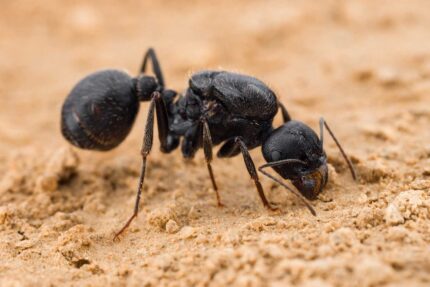
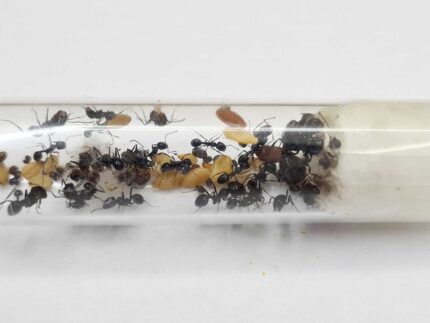
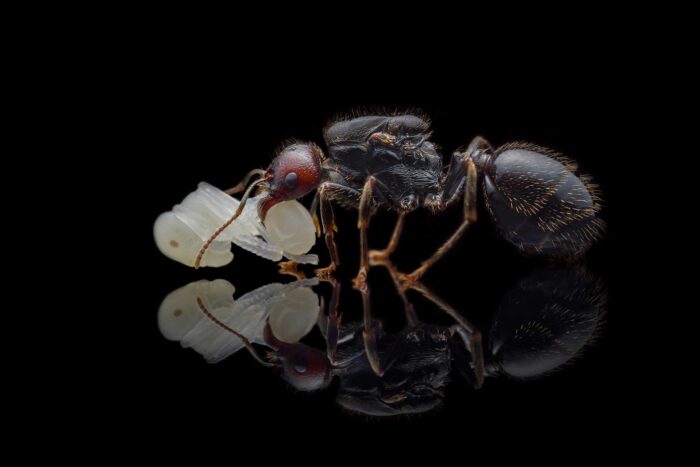
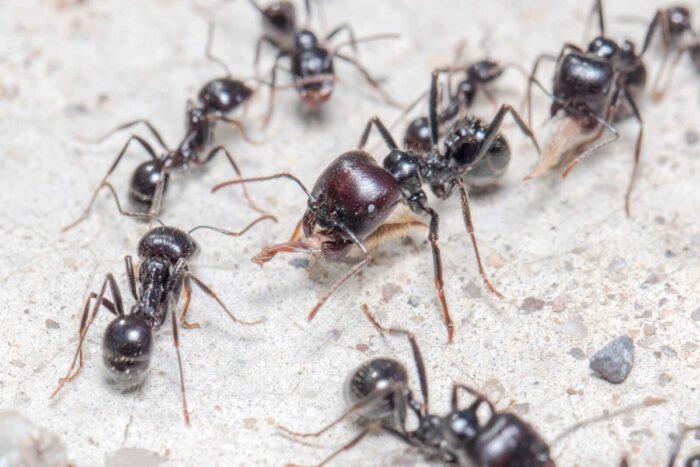
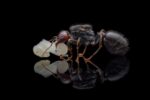
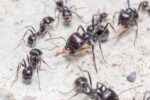
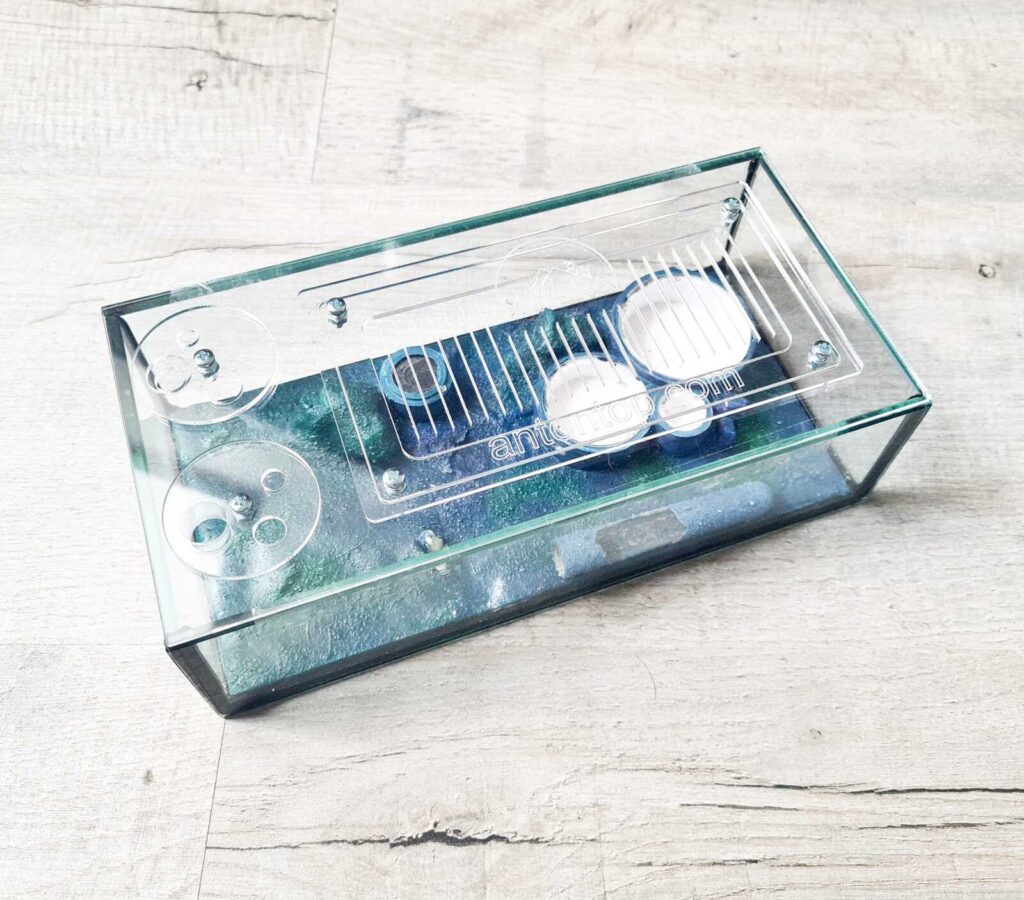
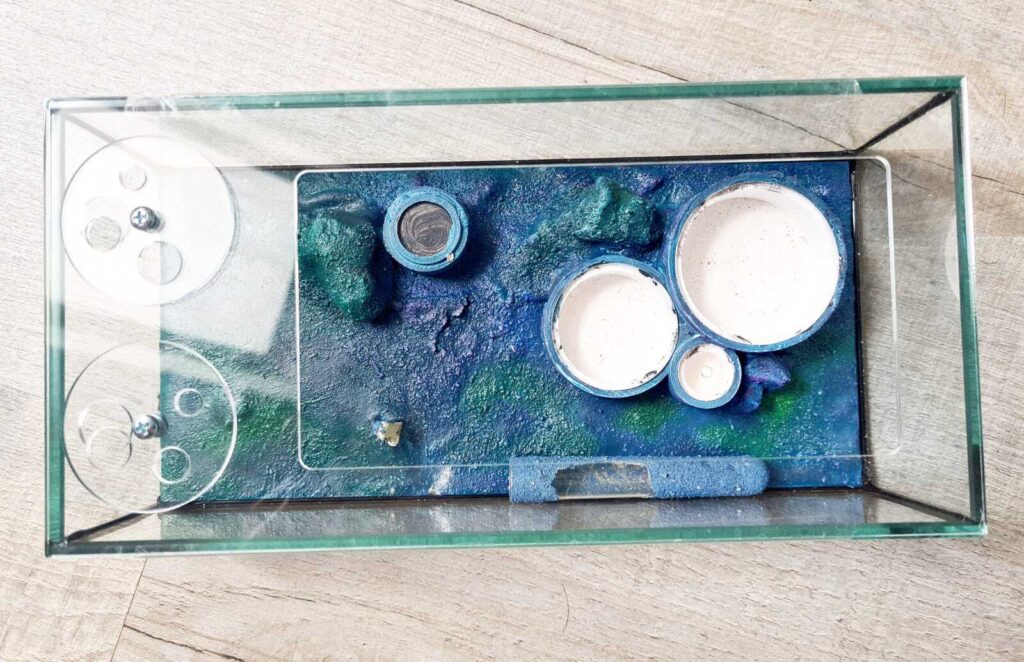
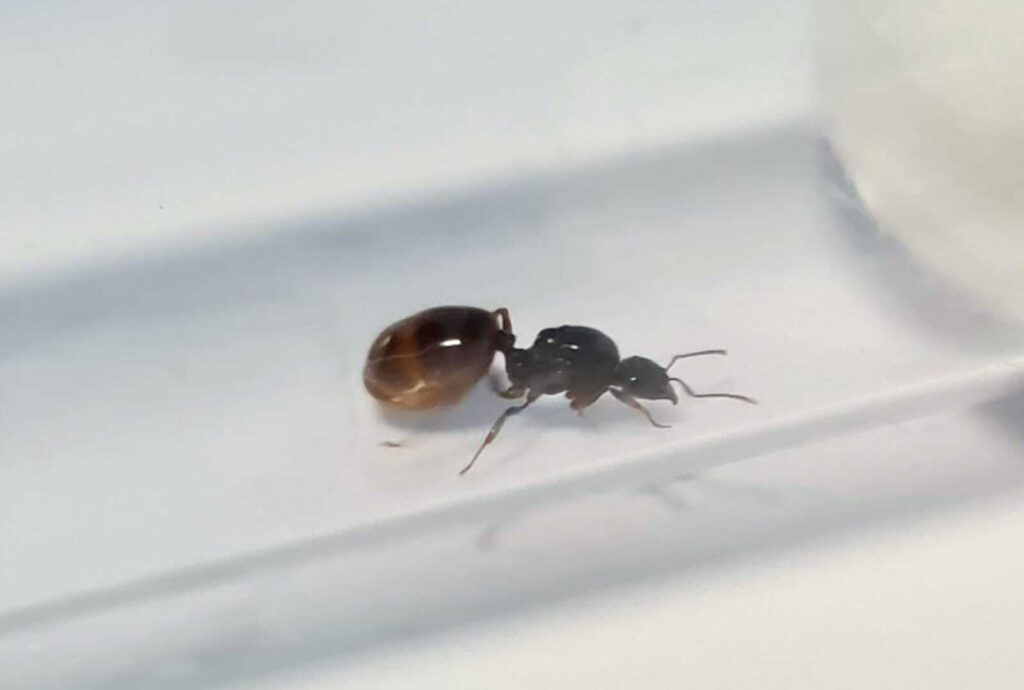
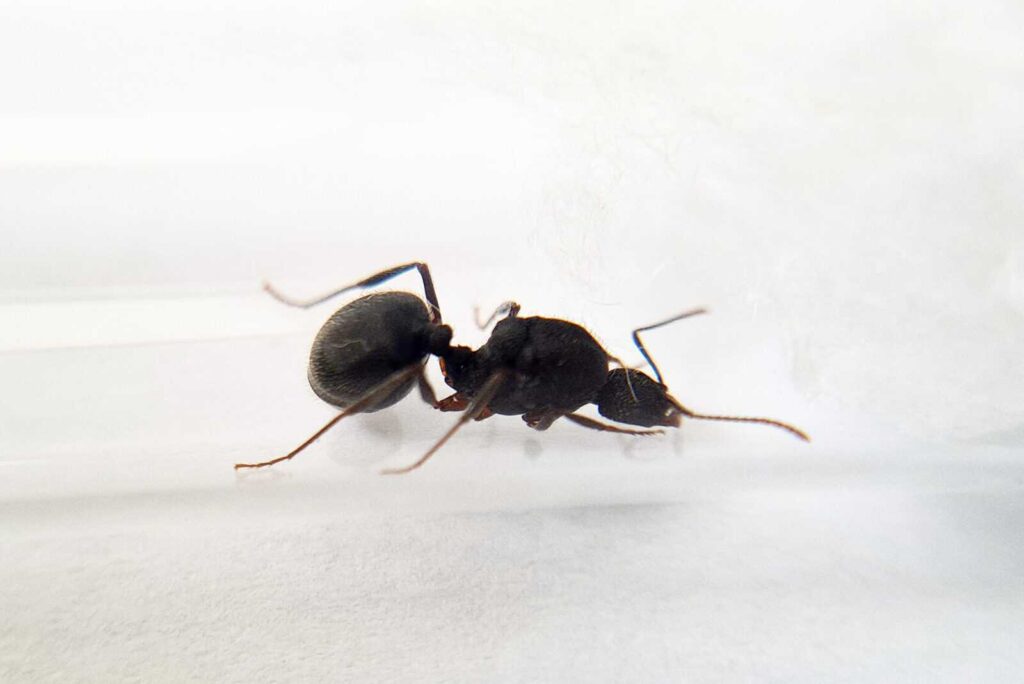
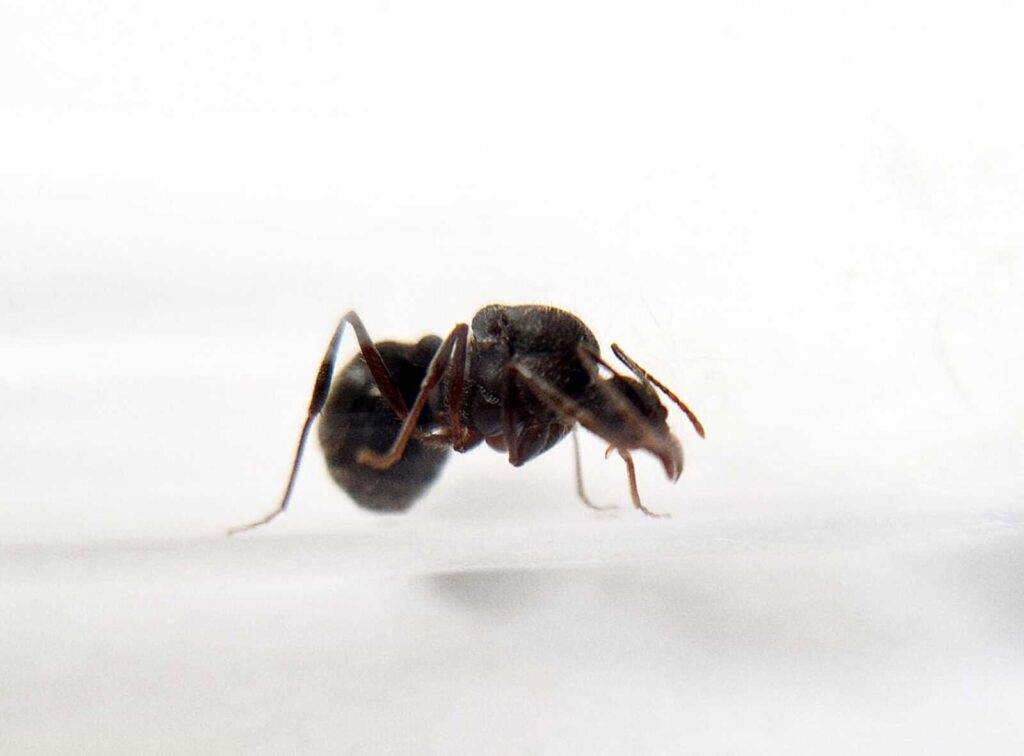
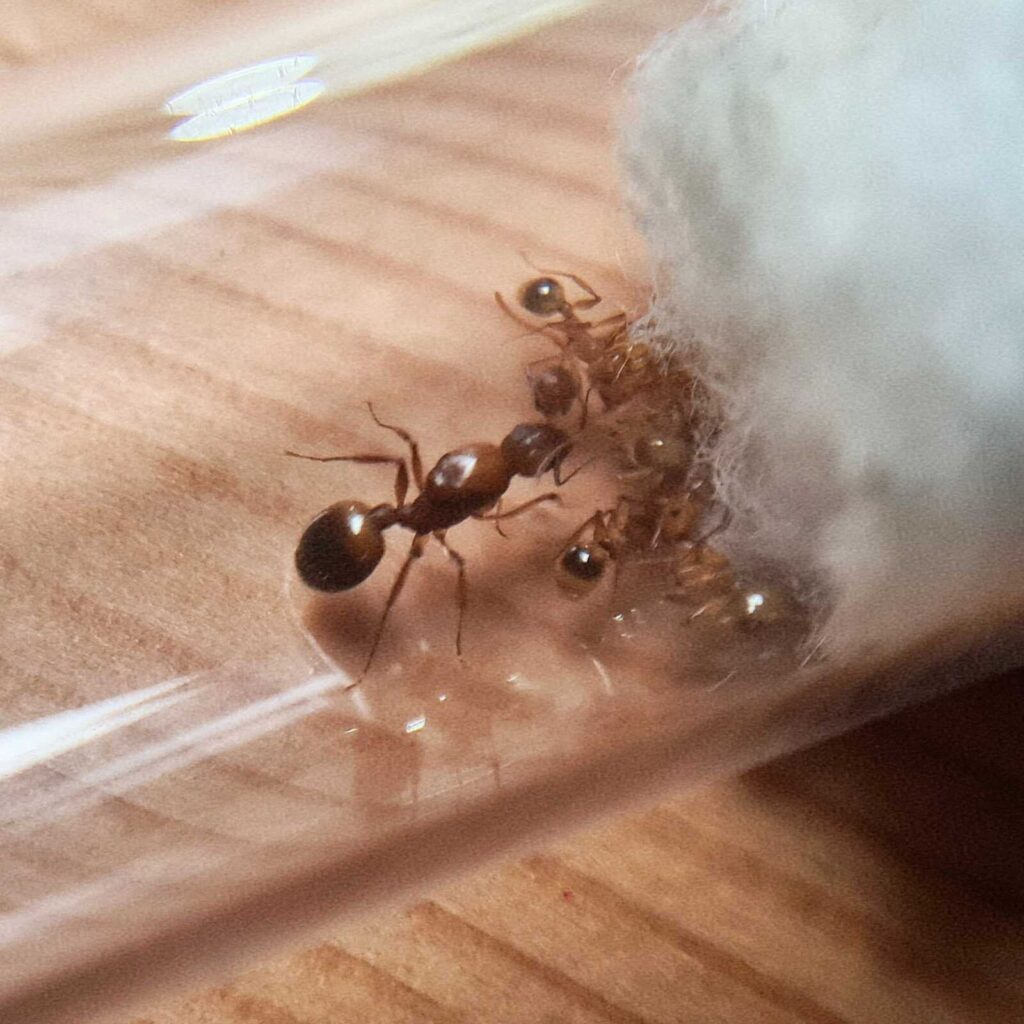
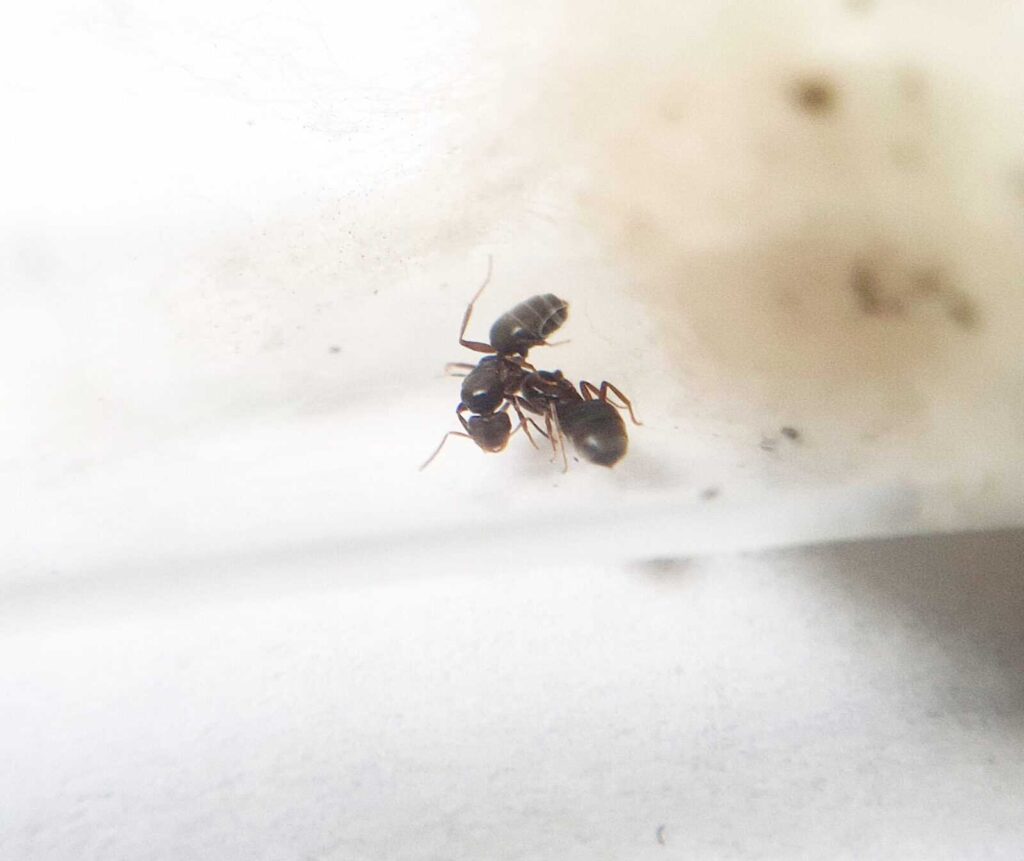
There are no reviews yet.